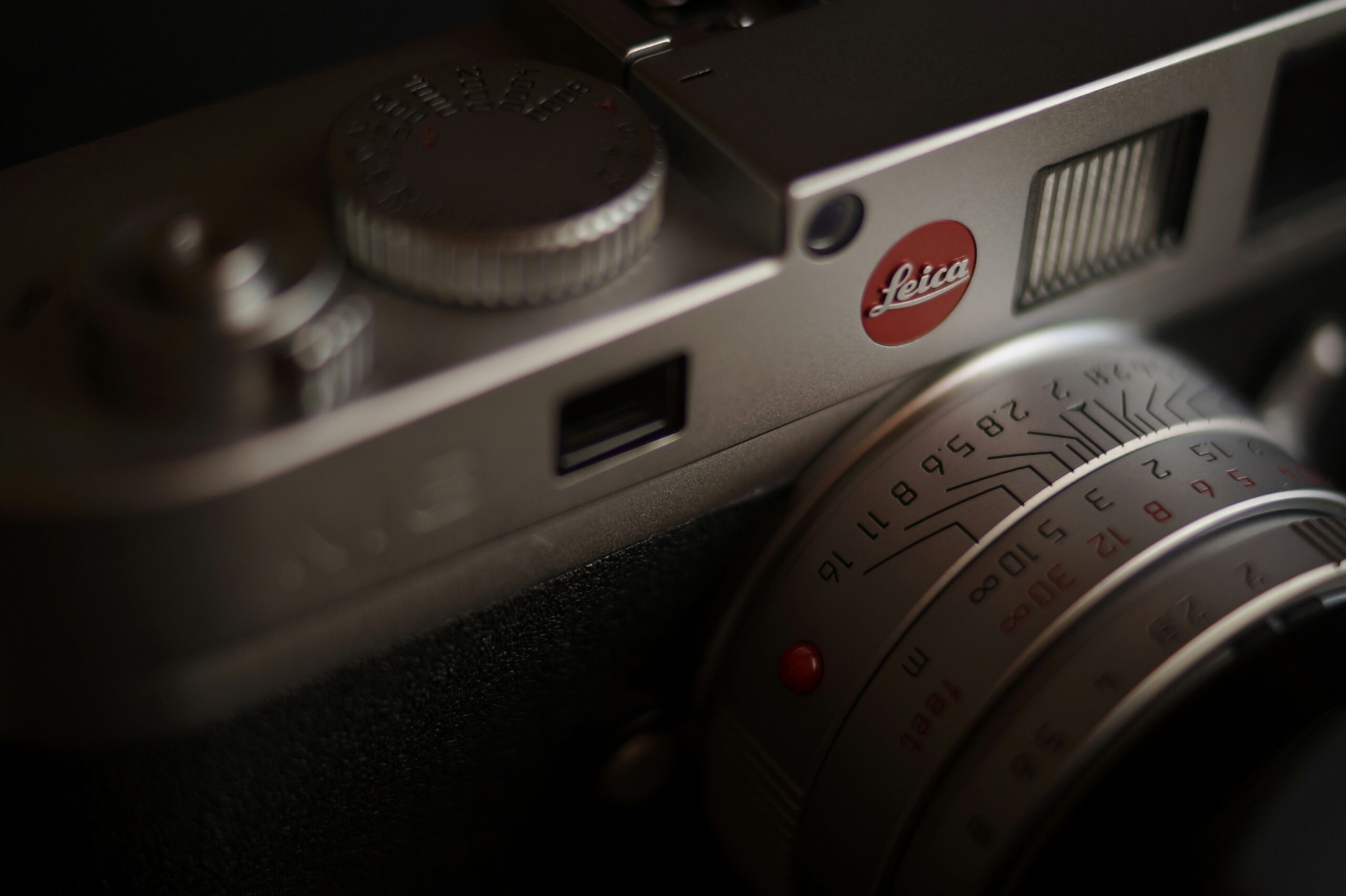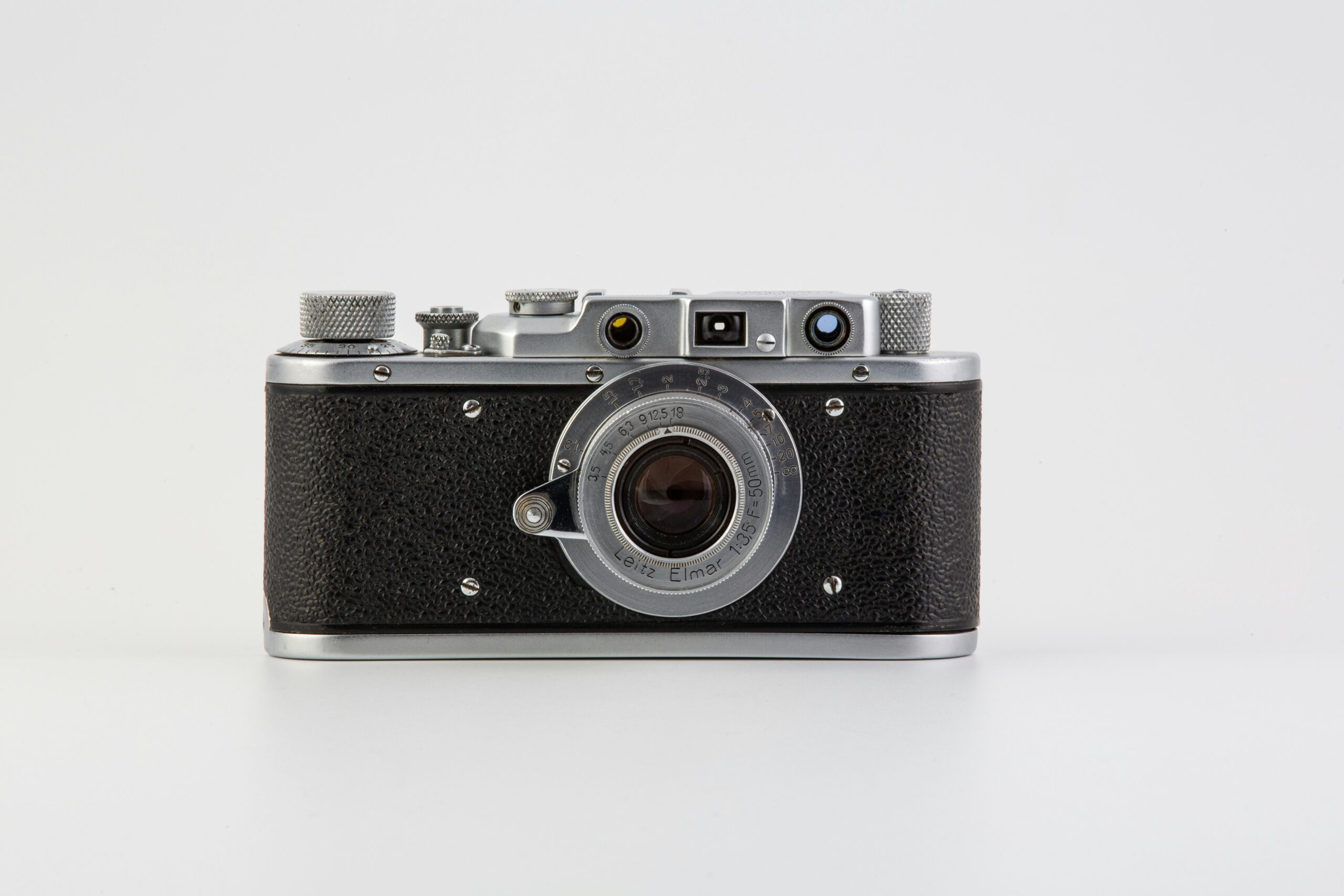„I don’t need a Leica.“, „The price-to-performance ratio is awful compared to Canon/Nikon/Sony/Fujiflim/whatever.“ or „If you need a Leica to take good photos, maybe you should learn how to shoot first.“…
I can’t count how many times I’ve heard comments like these. Frankly, I’m tired of it. Behind these statements, all I hear is ignorance and, often, envy. Yet, I want to take a few moments to address the misconceptions surrounding Leica M cameras and shed some light on what makes them unique. Let’s try to bring some clarity to the debate.
the status symbol.
Leica’s elite reputation is undeniable. Much of it stems from the fact that their cameras are not just photographic tools but, to many, luxury items. Some people buy Leicas purely for the status – to flaunt them as a statement piece. A Leica M is undeniably beautiful and its value is widely recognised. For some, it becomes nothing more than an accessory. But let’s set aside those „individuals“. Today, this discussion is not about them.
cost & exclusivity.
Let’s not sugarcoat it: Leica M cameras are expensive. They are not for everyone, and I don’t believe they need to be. Photography is a deeply personal craft and what works for one photographer might not work for another. For some, an affordable DSLR or a cutting-edge mirrorless camera may be the perfect fit. But the Leica M is not about reaching an ultimate “goal” in photography, nor is it designed to appeal to everyone. It’s about an entirely different way of working and that is something few truly understand.
A Leica M is like driving a BMW for instance. BMW drivers appreciate the superior handling and driving experience and they are willing to pay more for it. If you only look at numbers on paper, a Ford or Opel might give you more car for your money. But that’s not the point. A Ford or Opel driver may never understand why someone chooses a BMW because their priorities and expectations are entirely different. I don’t think a Canon or Nikon can truly understand the difference and value.
leica m is different.
A Leica M camera is unique not because it’s the “best” camera in terms of features or specifications but because it offers an entirely different experience. The rangefinder system forces you to slow down and think about every shot. You’re not relying on an electronic viewfinder, autofocus or burst modes to get the perfect frame. You’re manually focusing, composing and engaging deeply with the process. This tactile, deliberate approach makes photography feel more meaningful – a connection between the photographer and the image that’s often lost in the modern, fast-paced world of photography. Hello Sony-shooters!
A Leica M is stripped down to the essentials – it takes photos, nothing more and nothing less. There are no fancy features. You have to work for your shots, to learn how to handle it and to master the tool. But in return, you are rewarded with a feeling that no conventional DSLR or mirrorless camera can provide.
One of the things that makes Leica so special is its unique models, which no other manufacturer offers. Cameras like the M Monochrom, which only shoots in black and white or the Leica M-D, which has no display, cater to purists and enthusiasts. These cameras reinforce the idea that a Leica M photographer must truly know what they are doing. No ordinary photographer would choose a display-less or color-blind camera.

separating tools from status.
Critics often argue that “no one needs a Leica to take good photos” and they’re absolutely right. Great photos have been taken with every camera imaginable, from smartphones to disposable film cameras. But this argument misses the point entirely. The value of a Leica M doesn’t lie in its ability to take better photos than other cameras, it lies in how it changes the way you approach photography.
The Leica M strips away distractions and brings the essence of photography to the forefront. It forces you to see and think differently, to immerse yourself in the moment rather than relying on technology to do the work for you. It’s about the journey, not just the results.
personal bond.
A Leica M is not just a camera, it’s a companion. You enjoy holding it, carrying it with you, and forming a connection with it. It sounds like magic, and in many ways, it feels like it. I’ve never had this experience with any other camera.
My Leica M-D, in particular, has forced me to trust my skills, to believe in my abilities, and to acknowledge that I am a really good photographer. Ironically, I have never messed up a shot because of the lack of a display. In fact, my M-D has become my first choice even for weddings.
No one ever walks into a camera store looking for „a camera“ and leaves with a Leica M – regardless of price. Buying a Leica M is always a conscious decision to commit to a specific photographic journey.
once Leica, always Leica.
There is no going back. „Once Leica, always Leica“ applies to most photographers who switch. Just holding a Leica M, feeling its weight, its solid metal construction and the precision of its build makes almost every other camera feel like a toy – even my incredible Fujifilm GFX medium format cameras, which I deeply love. The sheer craftsmanship of a Leica M is unmatched.
Beyond the cameras themselves, the Leica community holds a special status in Germany. I’m not sure if it’s because Leica is a German brand, but I have connected and made friends with so many people in this niche group. This network of like-minded photographers is something I deeply appreciate.

not for everyone.
A Leica M is not for everyone, and that’s a fact. Nine out of ten times, when I hand my Leica M to someone to take a photo of me, it goes completely wrong. Most beginners don’t understand how to use a rangefinder. It’s not intuitive for someone unfamiliar with the system and that’s part of what makes it exclusive – not just in price but in skill requirement.
rethink!
So, the next time someone scoffs at the idea of a Leica M, perhaps they should pause and consider that it’s not about being better or more expensive. It’s about something far more intangible: a deeply personal, almost spiritual connection to the craft of photography. If that resonates with you, a Leica M might just be worth it. If not, that’s okay too – because, in the end, it’s not the camera but the vision behind it that truly matters.

